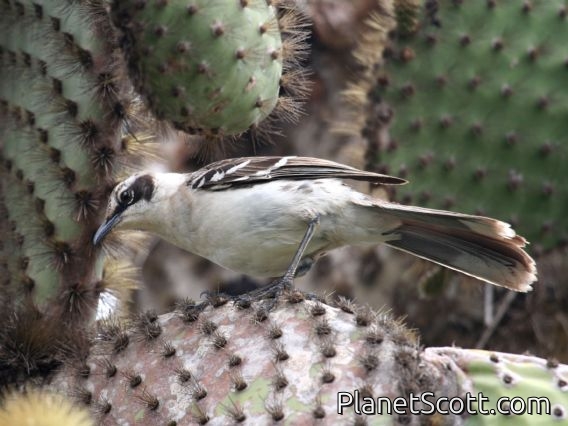Galapagos Mockingbird (Mimus parvulus)

Galapagos Mockingbird (Nesomimus parvulus)
×


Galapagos Mockingbird (Nesomimus parvulus)
About Galapagos Mockingbird (Mimus parvulus)
- Kingdom: Animals
- Phylum: Chordates
- Class: Birds
- Order: Perching Birds
- Family: Mockingbirds, Thrashers, and Allies
The Galápagos mockingbird is a species of bird in the family Mimidae. It is endemic to the Galápagos Islands, Ecuador.
Source: Wikipedia
Lifelists
Trips
Visits
-
2006-11-29
Isla Santa Cruz - Puerto Ayora, Ecuador

